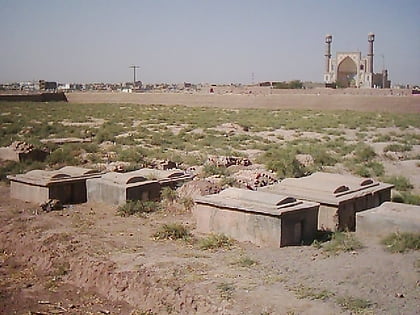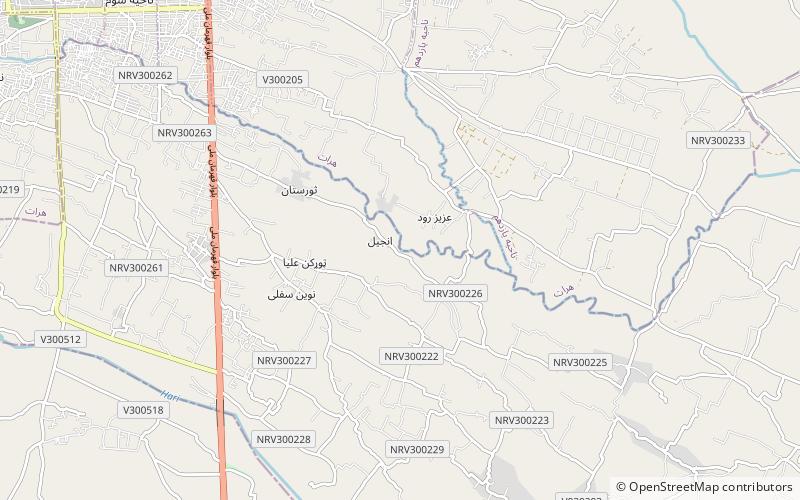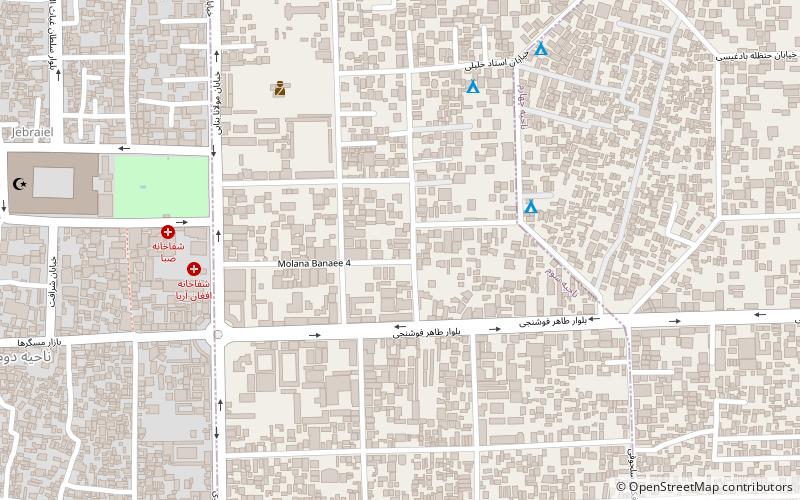Herat Citadel
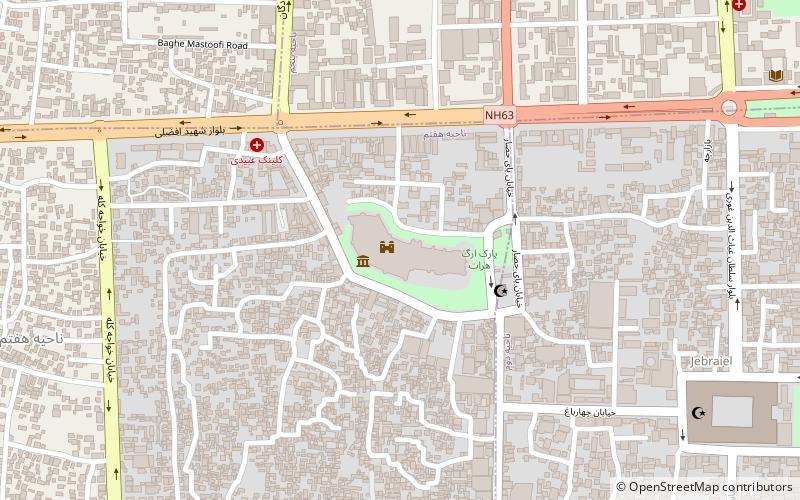
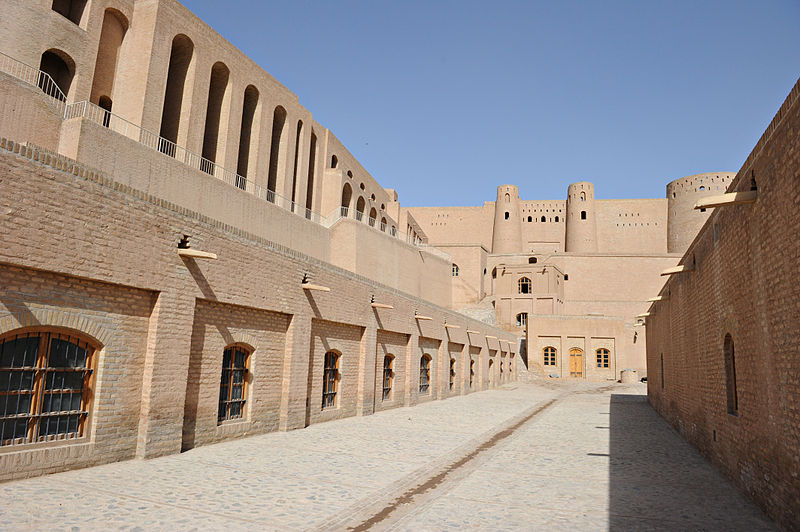
Facts and practical information
The Herat Citadel, known locally as the Qala Iktyaruddin, stands as an imposing historical fortress in the heart of Herat, Afghanistan. With origins dating back to 330 BC, the citadel has stood the test of time, witnessing the ebb and flow of empires and armies through the ages. Alexander the Great is often credited with establishing the original fortification, which has since been reconstructed and renovated by successive rulers.
This architectural marvel, with its robust walls and distinctive watchtowers, is a testament to the strategic importance of Herat in the ancient Silk Road. The citadel has served various roles throughout its history, from a formidable military garrison to a royal residence. Its strategic location at the crossroads of major trade routes made it a coveted prize for conquerors and an essential bastion for defenders.
Today, the Herat Citadel stands as a cultural and historical beacon in Afghanistan, offering visitors a glimpse into the country's rich and tumultuous past. The structure has undergone significant restoration efforts, particularly since the early 2000s, to preserve its grandeur for future generations. Its imposing presence continues to dominate the skyline of Herat, serving as a symbol of resilience and the enduring legacy of Afghan civilization.
As a castle that has weathered centuries of change, the Herat Citadel is not just a military fortification but also a cultural treasure, housing a museum that displays artifacts and exhibits related to the history of the region. The citadel's architecture, with its blend of Hellenistic and Islamic influences, speaks volumes about the diverse cultural imprints left by the various inhabitants of this historic city.
Hirat
Herat Citadel – popular in the area (distance from the attraction)
Nearby attractions include: Great Mosque of Herat, Yu Aw Synagogue, Injil District, Herat University.


